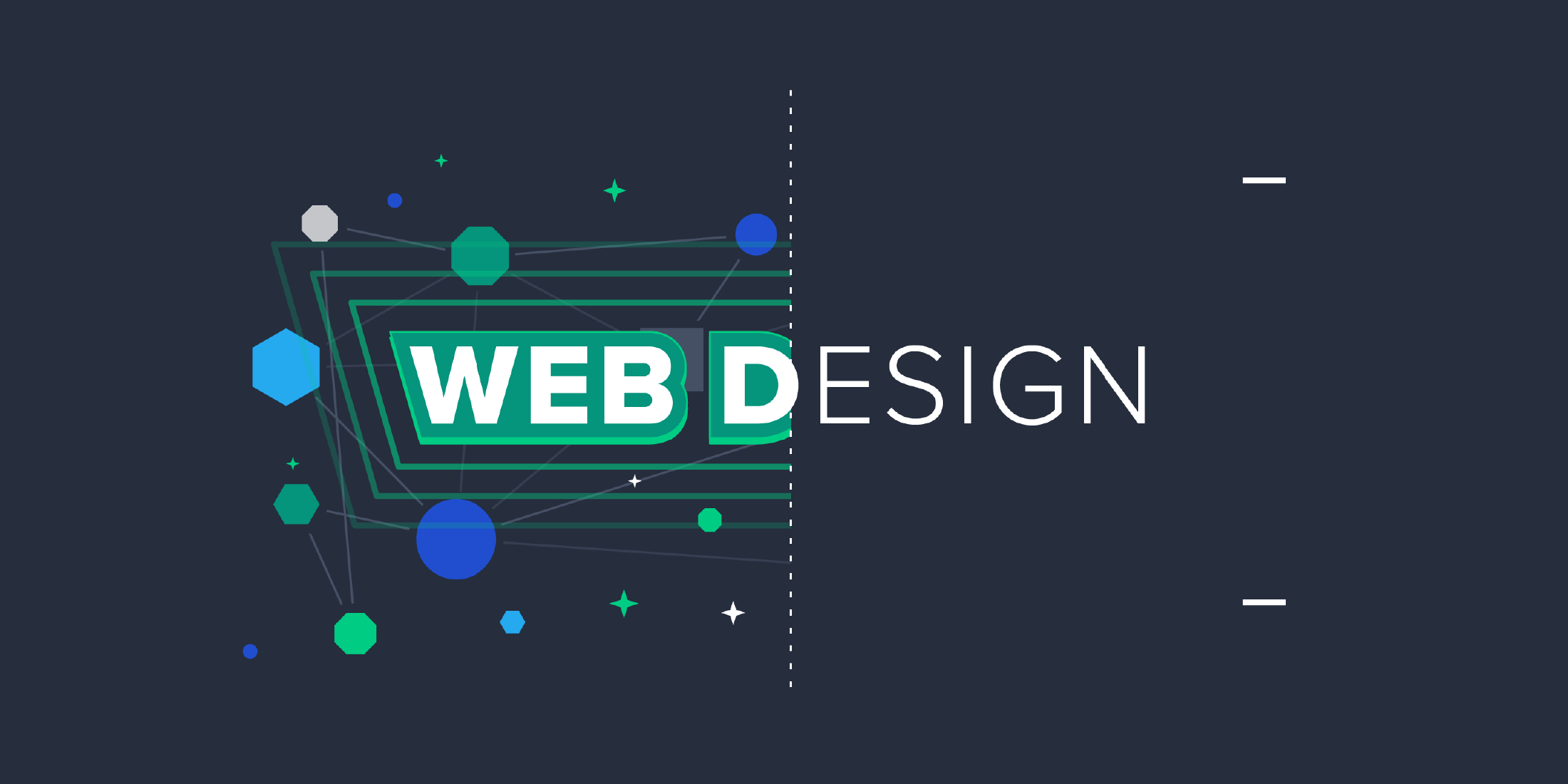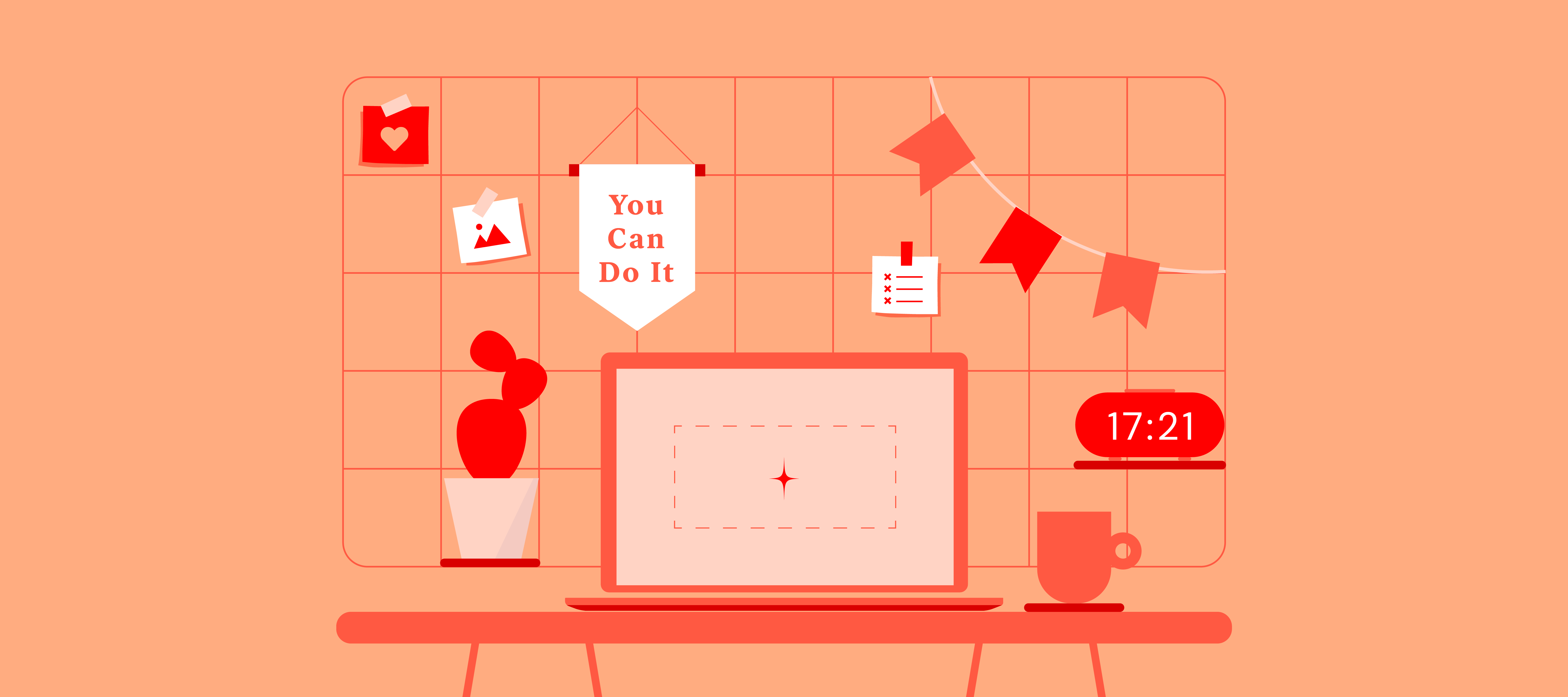All Categories
Featured
Table of Contents
- – Web Designer News - The Best Curated News For ...
- – Arch Web Design: Top-rated Web Design Agency ...
- – What Is Web Design? - Interaction Design Foun...
- – Web Design And Engineering Major - Santa Clar...
- – Web Design And Development - Invision Tips an...
- – Figma: The Collaborative Interface Design Too...
- – Web Design - Wikipedia Tips and Tricks:
- – Web Design Software By Xara Tips and Tricks:
- – Custom Web Design, Development & Digital Mar...
- – Awwwards - Website Awards - Best Web Design ...
- – Web Design - Entrepreneur Tips and Tricks:
Web Designer News - The Best Curated News For Designers Tips and Tricks:
Quick summary Use and the energy, not the visual design, identify the success or failure of a site. Considering that the visitor of the page is the only person who clicks the mouse and therefore chooses whatever, user-centric style has actually established as a basic technique for successful and profit-oriented website design - web design frederick md.
and the energy, not the visual design, identify the success or failure of a website. Considering that the visitor of the page is the only person who clicks the mouse and therefore decides whatever, user-centric style has actually ended up being a basic technique for effective and profit-oriented website design. If users can't utilize a function, it may as well not exist.
g. where the search box ought to be placed) as it has currently been done in a number of posts; instead we concentrate on the techniques which, utilized appropriately, can cause more sophisticated design decisions and simplify the process of viewing presented info. Please observe that you may be thinking about the usability-related posts we have actually released before: Concepts Of Great Website Design And Efficient Web Design Standards, In order to utilize the concepts appropriately we initially need to understand how users communicate with websites, how they think and what are the standard patterns of users' habits.
Arch Web Design: Top-rated Web Design Agency For Saas ... Tips and Tricks:
Visitors look at each new page, scan some of the text, and click the very first link that captures their interest or vaguely looks like the important things they're looking for. There are big parts of the page they do not even look at. Many users search for something intriguing (or helpful) and clickable; as quickly as some appealing candidates are discovered, users click.
If a page offers users with premium content, they are ready to jeopardize the material with advertisements and the design of the site. This is the reason that not-that-well-designed websites with top quality content get a great deal of traffic over years. Material is more crucial than the style which supports it.
Users don't check out, they scan. Notice how "hot" areas abrupt in the middle of sentences. This is normal for the scanning process. Very simple concept: If a website isn't able to meet users' expectations, then designer stopped working to get his task done properly and the business loses money. The higher is the cognitive load and the less intuitive is the navigation, the more willing are users to leave the site and search for alternatives.
What Is Web Design? - Interaction Design Foundation (Ixdf) Tips and Tricks:
Neither do they scan web page in a linear style, going sequentially from one website section to another one. Rather users satisfice; they select the very first sensible choice. As quickly as they discover a link that looks like it might cause the objective, there is an excellent possibility that it will be immediately clicked.
It does not matter to us if we comprehend how things work, as long as we can use them. If your audience is going to act like you're creating billboard, then style excellent signboards." Users desire to have the ability to control their web browser and depend on the consistent information discussion throughout the website.
If the navigation and site architecture aren't user-friendly, the variety of enigma grows and makes it harder for users to understand how the system works and how to get from point A to point B. A clear structure, moderate visual clues and easily recognizable links can assist users to discover their course to their goal.
Web Design And Engineering Major - Santa Clara University Tips and Tricks:

Considering that users tend to check out sites according to the "F"-pattern, these three declarations would be the first aspects users will see on the page once it is filled. The design itself is easy and user-friendly, to understand what the page is about the user requires to browse for the response.
Once you have actually achieved this, you can communicate why the system works and how users can benefit from it. People won't utilize your web website if they can't discover their method around it. 2. Don't Squander Users' Perseverance, In every project when you are going to use your visitors some service or tool, attempt to keep your user requirements very little.
Newbie visitors are prepared to, not filling long web kinds for an account they might never use in the future. Let users check out the site and find your services without requiring them into sharing personal data. It's not sensible to require users to get in an email address to evaluate the function.
Web Design And Development - Invision Tips and Tricks:
Stikkit is a best example for an user-friendly service which requires practically nothing from the visitor which is unobtrusive and comforting. Which's what you desire your users to feel on your website. Obviously, Termite requires more. The registration can be done in less than 30 seconds as the type has horizontal orientation, the user does not even need to scroll the page.
A user registration alone suffices of an impediment to user navigation to cut down on inbound traffic. 3. Manage To Focus Users' Attention, As websites supply both static and vibrant material, some aspects of the interface draw in attention more than others do. Clearly, images are more appealing than the text just as the sentences marked as vibrant are more appealing than plain text.
Focusing users' attention to specific locations of the website with a moderate use of visual elements can help your visitors to receive from point A to point B without thinking about how it in fact is expected to be done. The less question marks visitors have, the they have and the more trust they can establish towards the company the website represents.
Figma: The Collaborative Interface Design Tool. Tips and Tricks:
4. Make Every Effort For Function Exposure, Modern web designs are generally slammed due to their technique of directing users with visually appealing 1-2-3-done-steps, big buttons with visual impacts and so on. But from the style viewpoint these components really aren't a bad thing. On the contrary, such as they lead the visitors through the site material in an extremely easy and easy to use method.
The website has 9 primary navigation options which show up at the very first glance. The choice of colors may be too light, though. is a fundamental concept of effective user interface design. It doesn't actually matter how this is achieved. What matters is that the content is well-understood and visitors feel comfy with the way they communicate with the system.
com gets directly to the point. No adorable words, no exaggerated declarations. Rather a rate: just what visitors are trying to find. An ideal solution for efficient writing is touse brief and concise phrases (come to the point as quickly as possible), usage scannable design (classify the content, use multiple heading levels, utilize visual aspects and bulleted lists which break the circulation of consistent text blocks), use plain and unbiased language (a promo does not need to sound like advertisement; provide your users some reasonable and unbiased reason they need to use your service or remain on your site)6.
Web Design - Wikipedia Tips and Tricks:
Users are seldom on a site to delight in the style; furthermore, in many cases they are searching for the details despite the design - web design frederick md. Strive for simpleness instead of complexity. From the visitors' viewpoint, the finest website style is a pure text, without any ads or further content blocks matching precisely the inquiry visitors utilized or the material they've been looking for.
Finch clearly provides the details about the website and provides visitors a choice of alternatives without overcrowding them with unneeded material. 7. Don't Be Afraid Of The White Space, Actually it's really hard to overstate the significance of white space. Not only does it assist to for the visitors, but it makes it possible to view the details presented on the screen.
Complex structures are harder to read, scan, evaluate and deal with. If you have the choice in between separating 2 style sections by a visible line or by some whitespace, it's usually much better to utilize the whitespace option. (Simon's Law): the much better you manage to supply users with a sense of visual hierarchy, the simpler your material will be to view.
Web Design Software By Xara Tips and Tricks:
The very same conventions and rules ought to be applied to all elements.: do the most with the least quantity of hints and visual elements. 4 significant points to be considered: simpleness, clarity, distinctiveness, and emphasis. Simpleness consists of only the aspects that are most crucial for interaction. Clearness: all components must be developed so their meaning is not unclear.
Conventions Are Our Friends, Conventional design of website aspects does not result in an uninteresting web website. In reality, as they minimize the discovering curve, the requirement to figure out how things work. For circumstances, it would be an usability nightmare if all websites had different visual discussion of RSS-feeds. That's not that various from our routine life where we tend to get utilized to basic concepts of how we organize data (folders) or do shopping (placement of products).
understand what they're anticipating from a website navigation, text structure, search positioning etc. A case in point from use sessions is to translate the page in Japanese (presuming your web users don't know Japanese, e. g. with Babelfish) and offer your usability testers with a task to find something in the page of different language.
Custom Web Design, Development & Digital Marketing ... Tips and Tricks:
Test Early, Test Often, This so-called TETO-principle needs to be applied to every web design task as functionality tests typically offer into significant issues and concerns related to a given design. Test not too late, not too little and not for the wrong reasons.
Some essential points to keep in mind: according to Steve Krug, and screening one user early in the job is better than testing 50 near completion. Accoring to Boehm's very first law, mistakes are most frequent during requirements and design activities and are the more costly the later they are gotten rid of.
That indicates that you create something, test it, fix it and then check it once again. There may be issues which haven't been found throughout the first round as users were virtually obstructed by other issues.
Awwwards - Website Awards - Best Web Design Trends Tips and Tricks:

This holds for designers. After you've worked on a website for few weeks, you can't observe it from a fresh viewpoint any longer. You know how it is constructed and therefore you understand exactly how it works you have the knowledge independent testers and visitors of your website wouldn't have.
It can be connected to other areas such as graphic design, user experience, and multimedia arts, but is more appropriately seen from a technological standpoint. It has become a big part of people's daily lives. It is hard to imagine the Internet without animated graphics, various designs of typography, background, videos and music.

During 1991 to 1993 the World Wide Web was born. Text-only pages could be seen utilizing a basic line-mode internet browser. There had actually been no integrated technique to graphic design components such as images or noises.
Web Design - Entrepreneur Tips and Tricks:
The W3C was produced in October 1994 to "lead the Internet to its complete capacity by developing common protocols that promote its advancement and ensure its interoperability." This discouraged any one company from monopolizing a propriety web browser and shows language, which could have modified the impact of the Internet as a whole.
As this has actually taken place the technology of the web has actually likewise moved on. There have actually likewise been considerable modifications in the method individuals utilize and access the web, and this has changed how websites are designed.
Learn more about Lovell Media Group LLC or TrainACETable of Contents
- – Web Designer News - The Best Curated News For ...
- – Arch Web Design: Top-rated Web Design Agency ...
- – What Is Web Design? - Interaction Design Foun...
- – Web Design And Engineering Major - Santa Clar...
- – Web Design And Development - Invision Tips an...
- – Figma: The Collaborative Interface Design Too...
- – Web Design - Wikipedia Tips and Tricks:
- – Web Design Software By Xara Tips and Tricks:
- – Custom Web Design, Development & Digital Mar...
- – Awwwards - Website Awards - Best Web Design ...
- – Web Design - Entrepreneur Tips and Tricks:
Latest Posts
Web Design Museum 1991 – 2006 Tips and Tricks:
Basics Of Web Development & Coding Specialization - Coursera Tips and Tricks:
Web Page Design: A Comprehensive Guide - Adobe Xd Ideas Tips and Tricks:
More
Latest Posts
Web Design Museum 1991 – 2006 Tips and Tricks:
Basics Of Web Development & Coding Specialization - Coursera Tips and Tricks:
Web Page Design: A Comprehensive Guide - Adobe Xd Ideas Tips and Tricks: